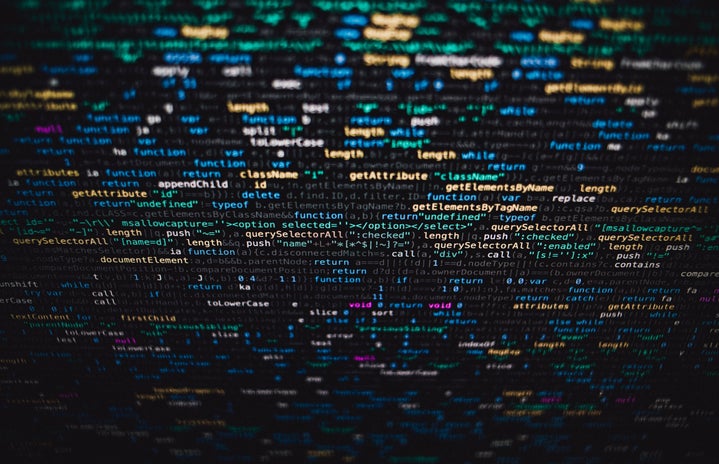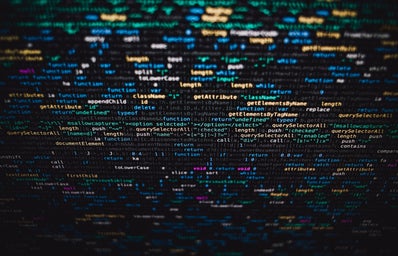Since coming to UC Berkeley, I’ve become increasingly aware of my slight lack of technological literacy. Sure, I can navigate a spreadsheet like a pro and diagnose several computer issues (with the help of Google), but I’m thinking beyond basic skills. I’m talking about the foundations of computer technology: coding. I’ve heard a lot about it–including how difficult it is–but I’ve never heard anyone say it was a waste of time. So, despite my comfort in and confinement to my social science education, I have decided to take online lessons on how to code. Knowledge never hurt anybody (in the end)!
I’ll be using a generic (free) coding website called “Codecademy” I found online and will document my journey completing lessons through screenshots. Think of it as a follow-along to a Bob Ross painting. Except Mr. Ross has no idea what he’s doing and everything is on a very enigmatic, instructional digital platform. Without further ado, here is a step-by-step process where I begin to master the art of coding and ascend to another level of technological literacy!
Lesson 1: What is Programming?
See? Even the website stresses how integral programming is in today’s society. You can work in entertainment, in politics, in commerce. It’s increasingly becoming the heart of societal functions and everyday commodities, which is fascinating and almost alarming.
Lesson 2: Variables
This section threw me off a little; however, it was interesting to see code translate into visuals and interactivity. I honestly still don’t understand how, but it was cool to operate.
Lesson 3: Data Types
I feel like I understood more what this lesson was trying to teach me, which is a good sign. Among many data types, there are integers, which are primitive numeric. Then there’s characters and booleans, which are primitive non-numeric data types. And then there are strings, which are non-primitive. Fairly straight-forward, in my opinion.

Lesson 4: Operators
Ah, operators. It really takes me back to my high school freshman year Algebra class. Well, sort of. In addition to arithmetic operations, I also learned relational and logical operations. I quite like logical operations; they’re fun to think through. I also just like to click on buttons, which is why there are 200 apples in this theoretical fruit salad. Go coding!
End of Section 1Well, there you have it! I passed all the quizzes with flying colors (we won’t talk about the variables quiz). I don’t know what I was expecting, but I guess I got exactly what the name “Basics of Programming I” would suggest. I’m intrigued to learn more and really get into the complexities of programming. I guess we’ll see how far I’ll get using this wonderful, free internet service and my undeniably strong mathematical and logical inclination.
Tune in next time when I complete: The Basics of Programming II!



